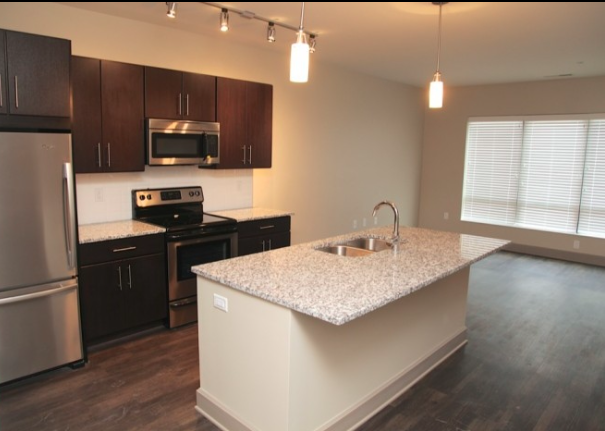
A recent article in
The Columbus Dispatch reports that the state will soon replace Buckeye Lake's dam, keeping the reservoir's water level low, which will prohibit boating, for the duration of the project. The estimated $150 million project will take about five years.

While the replaced dam is necessary for structural and safety purposes, the project is concerning for many reasons. Local businesses that depend on seasonal recreation such as the
Buckeye Lake Winery, to the left, will likely suffer from decreased business. Many of Buckeye Lake's attractions (including its
Yacht Club, above, and restaurants such as
Captain Woody's and
Papa Boo's) can be reached by boat. The project will also hurt residents, who will not be able to use the lake for the duration of the project or experience the lake view they've grown accustomed to. Not to mention, Buckeye Lake residents who were hoping to sell their home any time soon will be hard-pressed to find a buyer at this time.
Buckeye Lake, renamed from Licking Summit Reservoir, was declared a public park in 1894. How did it end up in this position? In the early 1900s, Ohio's Board of Public Works sold the land excavated to use in building the dam and leased the land occupied by the the backside of the dam for private development. At this time, the area was mostly farmland, as it no longer served as a feeder lake for the Ohio and Erie Canal. Buckeye Lake soared in popularity when an electric interurban railway system began taking vacationers there. Even through the railway went out of business in 1930, Buckeye Lake was in good shape: it had an amusement park (see image below) complete with a beach, arcade, bathhouse, and two dance pavilions.

In the last 1950s, the Chief of Parks V.W. Flickinger declared that the occupied lands by the back half of the Buckeye Lake Dam were "no longer needed for public recreation, parking areas, roads and highways, or other projects of a public nature." This so-called property surplus was subsequently divided into 77 lots in the 1960s, by which time the amusement park was falling into disrepair. A sidewalk along the dam's crest separated private from state property; however, residents paid little attention to this boundary and built patios, decks and docks as they pleased without facing repercussion. While drawings had to be submitted to the parks office for approval, many residents came in with modest drawings and proceeded to build much larger scale projects. Some residents feel that the state is to blame for selling the property rights in the first place, while the states blames the residents for encroaching upon the dam.
Currently, 370 homes sit atop the 4.1 mile dam. Michael Spoor states that Buckeye Lake is "without precedent" in the number of man-made encroachments compromising its structure. Spoor has studied dams for the
U.S Army Corps of Engineers for over 40 years. The Corps claims that the man-made impediments are the most significant source of the dam's many defects, and now its current residents will have to pay the price as they wait patiently to get their summers back.
For those interested in owning a house on the water, consider buying a property on
Indian Lake (below) in Logan County (Western Ohio). Widely used for recreational activities such as fishing and boating, the area is also known for its wildlife and walking trails. Check out
my current listing on Indian Lake: a two bedroom, two bathroom condo that's furnished and move-in ready! The 2nd level, end-unit condo has a new hot water tank, carpeting, decking, and HVAC. It's eligible for a 0% down USDA home loan, and comes with an assigned boat slip!
Contact me to learn more.
















































